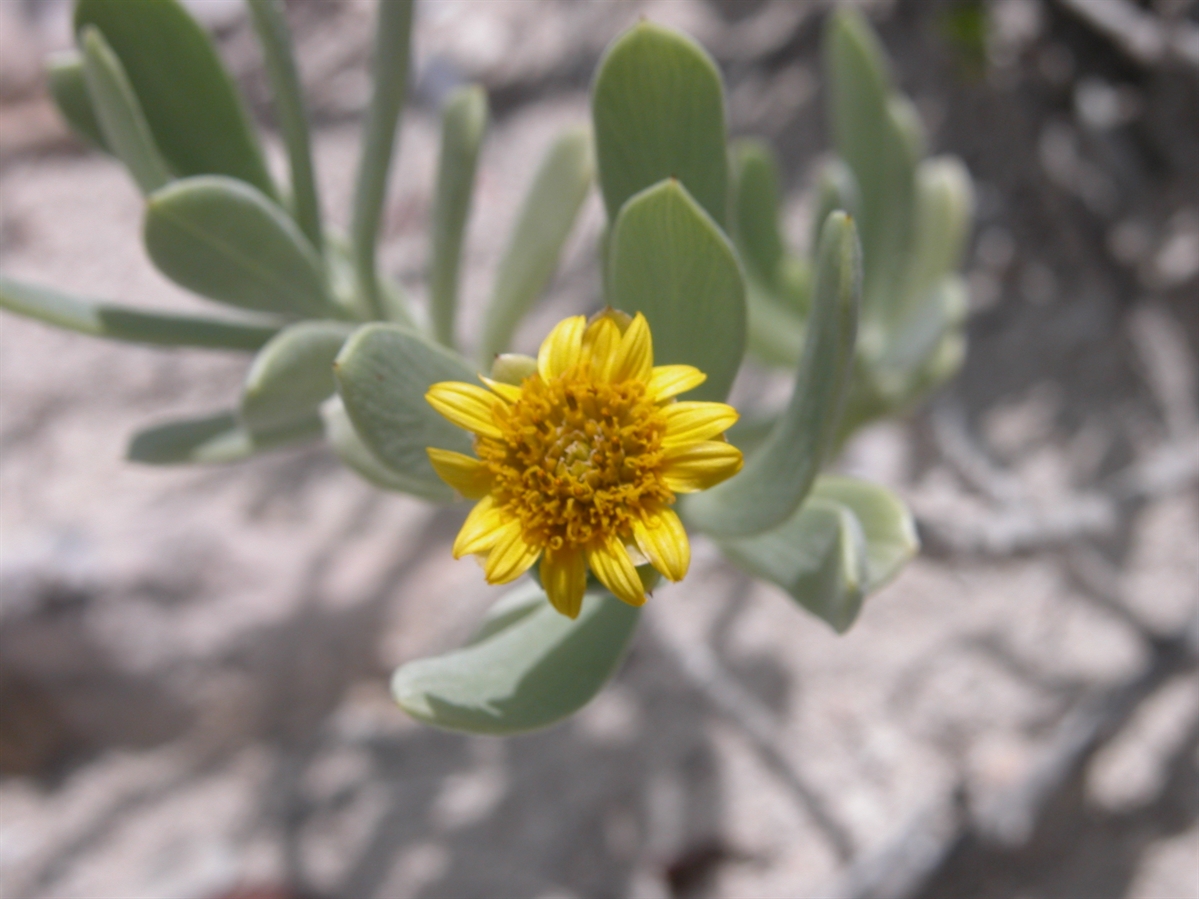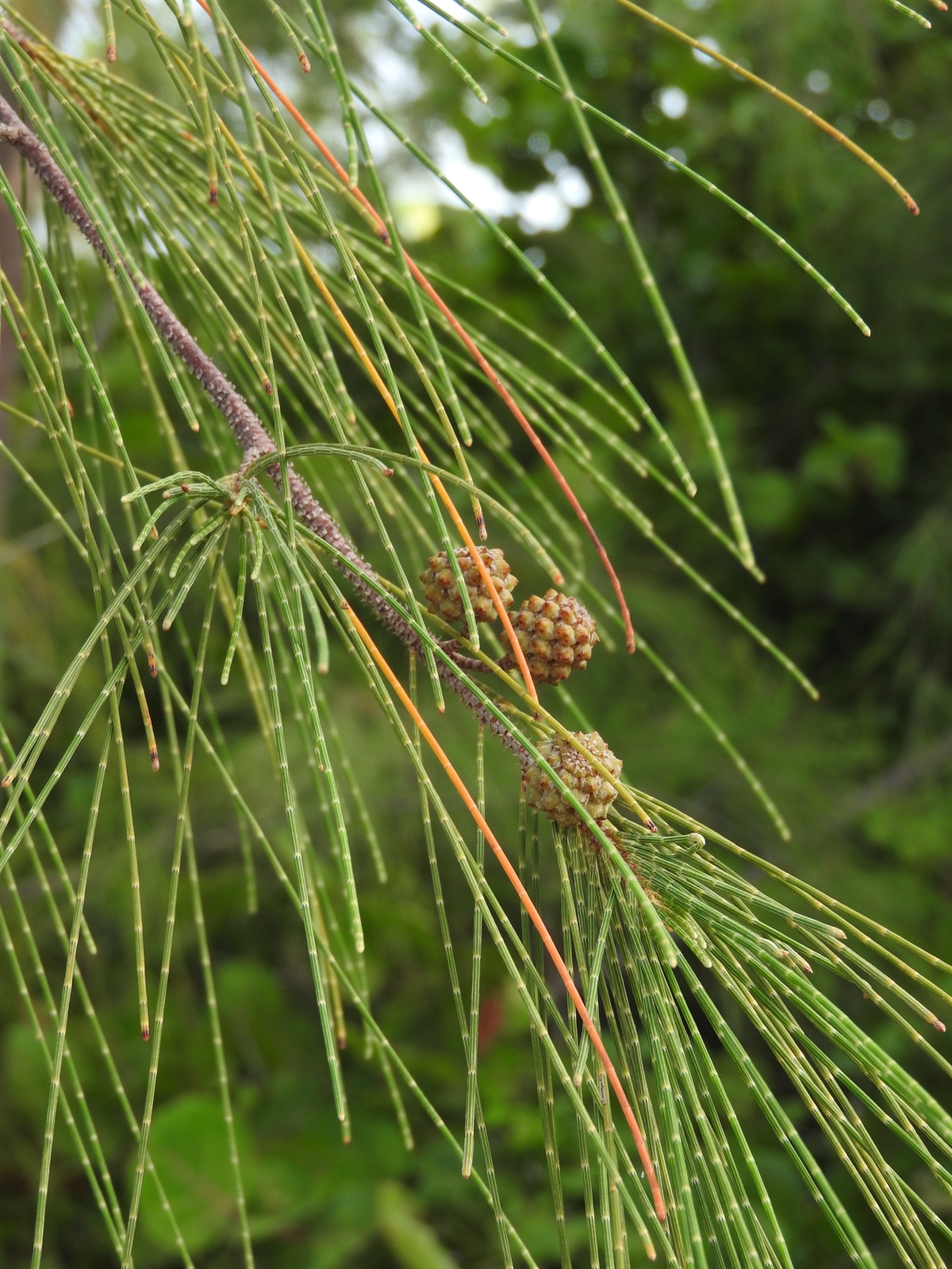Terrestrial Plant Communities of The Bahamas
All You Need to Know About Bahamian Flora and Their Communities
Botanist, Leon Levy Native Plant Preserve
efreid@bnt.bs
The Bahamas is a subtropical, dry island archipelago with pronounced warm/wet and cool/dry seasons. The islands’ relatively flat topography and uniform geology – lacking significant elevation, freshwater rivers, and streams—result in a limited variety of plant communities compared to other Caribbean islands. Most of the terrestrial plant community is Dry Broadleaf Evergreen Formations (DBEF) and Pine Woodlands (PW). Coastal terrestrial systems, while widespread throughout the archipelago, occupy a smaller footprint than the more extensive DBEF and PW communities.
Understanding This Plant Community Classification
Developed from extensive field observations and a comprehensive review of pertinent literature, this classification system categorizes the plant communities of The Bahamas into distinct groups. It is based on Areces-Mallea et al., 1999. This system generally splits most communities into different formations and alliances, but not associations. The exception is Human Altered. This classification system is for terrestrial communities and does not cover marine ecosystems such as mangroves, coastal estuaries, or tidal flats. In many wetlands, there is a transitional zone where freshwater merges indistinctly into saline environments. These areas, like the western side of Andros, pose challenges for accurate mapping due to tidal variations, seasonal changes, and rainfall patterns.

Invasive Species and Human Influence on Plant Communities
The presence of invasive species and human modifications significantly impacts our terrestrial plant communities. There is a difference between a natural system that has invasive species, such as a dune, versus areas directly physically altered by humans and then subsequently invaded by those plants. They both can be loosely construed as Human Altered as even in a dune system, the invasive species are there because humans brought them to the region; but for mapping and classification purposes, their distinction may be important. Additionally, for dunes with invasive species, the levels of invasiveness can range from a few non-native individuals to areas where there are no native species left.

Areces- Mallea. A. E., A. S. Weakley, X. Li, R. G. Sayre, J. D. Parish, C. V. Tipton and T. Boucher. 1999. A guide to Caribbean vegetation types: a preliminary classification system and descriptions. The Nature Conservancy. 156 pp.
Britton, N. L. and C. F. Millspaugh. 1920. The Bahama Flora. New York, N. Y. 695 pp.
Byrne, A. R. 1972. Man, and the variable vulnerability of island life: a study of recent vegetation change in the Bahamas. Ph. D. Dissertation. University of Wisconsin, Madison, Wisconsin. 311 pp.
Catesby, M. 1730 – 47. The Natural History of Florida, Carolina, and the Bahama islands. London. Vols I and II. 220 plates.
Coker, W. S. 1905. Vegetation of the Bahama Islands. In: Shattuck, George B. The Bahama Islands. Geographical Society of Baltimore. John Hopkins Press. 185-270 pp. + pl. xxxiii-xlvii.
Correll, D. S. and H. B. Correll. 1982. Flora of the Bahama Archipelago. A. R. G. Ganter Verlag K.-G., FL-9490. Vaduz. 1692 pp.
Currie, D., J. M. Wunderle, E. H. Freid, D. N. Ewert, and D. J. Lodge. 2019. The Natural History of the Bahamas – A field guide. Cornell University Press. 464 pp.
Daniels, M. L. 2016. A floristic study of a former land bridge in the Bahama Archipelago. Master Thesis – Miami University. Oxford, Ohio. 65 pp.
Franklin, J., J. Ripplinger, E. H. Freid, H. Marcano-Vega, and D. W. Steadman. 2015. Regional variation in Caribbean Dry Forest tree species composition. Plant Ecology 216 : 872-886.
Freid E. H. and M. A. Kerwin. 1998. Flora and vegetation of Bell Island (Exuma Chain), Bahamas. In: Wilson T. K. (ed) Seventh Symposium on the Natural History of the Bahamas. Bahamian Field Station Ltd, San Salvador, 41–52 pp.
Henry, P. W. T. 1974. Land Resource Study, No. 16: The Pine Forest of the Bahamas. Land Resource Division, Tolworth Tower, Surbiton, Surrey, England KT6 7DY. 178 pp.
Howard, R. A. 1950. Vegetation of the Bimini Island group, Bahamas. B. W. I. Ecol. Monog. 20 : 317-349.
Little, B. G., D. K. Buckley, R. Cant, P. W. T. Henry, A. Jefferies, J. D. Mather, J. Stark, R. N. Young. 1971-76. Land Resource of the Commonwealth of the Bahamas: Volume 1, Abaco. Volume 2, Eleuthera. Volume 3, Cat Island. Volume 4, Andros Island. Volume 5, Grand Bahama. Volume 6, Great Exuma, Little Exuma and Long Island. Volume 7, Crooked Island and Acklins. Volume 8, Mayaguana and Inagua. Land Resource Division, Tolworth Tower, Surbiton, Surrey, England KT6 7DY.
Little, B. G., D. K. Buckley, R. Cant, P. W. T. Henry, A. Jefferies, J. D. Mather, J. Stark, R. N. Young, and W. T. Gillis. 1977. Land Resource Study, No. 27: Land Resources of the Bahamas: A Summary. Land Resource Division, Tolworth Tower, Surbiton, Surrey, England KT6 7DY. 133 pp.
Nickrent, D. L., W. H. Eshbaugh and T. K. Wilson. 1983. Vascular Flora of Andros Island. Kendall/Hunt Pub. Co. Dubuque, IA. 156 pp.
Northrop, A. 1902. Flora of New Providence and Andros (Bahama islands). Mem. Torrey Bot. Club 12 : 1-98 + 49 pl. (Reprinted in Northrop, J. I. 1910. A naturalist in the Bahamas. Memorial volume. Columbia University Press. New York. 119-211 pp.
Proctor, G. R. 1954-55. Notes on the vegetation of the Turks and Caicos Islands. Nat. Hist. Soc. Jamaica 6 :149-152; 170-174, 199-203.
Smith I. K. and Vankat, J. L. 1992. Dry Evergreen Forest (coppice) Communities of North Andros Island, Bahamas. Bull Torrey Bot Club. 119 : 181–191.
Smith, R. R. 1993. Field guide to the vegetation of San Salvador Island, The Bahamas. Hartwick College, Oneonta, New York. 120 pp.
A physiognomically uniform group of Associations sharing one or more diagnostic (dominant, differential, indicator, or character) species which, as a rule, are found in the uppermost stratum of the vegetation. It is within a Formation.
The finest level of the classification standard. The Association is a physiognomically uniform group of vegetation stands that share one or more diagnostic (dominant, differential, indicator, or character) overstory and understory species. These elements occur as repeatable patterns of assemblages across the landscape and are generally found under similar habitat conditions. The Association refers to existing vegetation, not a potential vegetation type.
Diameter at Breast Height. Typically measured at 130 or 135 cm above ground.
An organism, group of organisms, or taxon that by its size, abundance, or coverage exerts considerable influence upon an association’s biotic (such as structure and function) and abiotic (such as shade and relative humidity) conditions.
A class of vegetation dominated by a life form of shrubs and/or trees under 0.5 m tall. These types generally have greater than 25% cover of dwarf shrubs and less than 25% cover of trees and shrubs. Herbs and non-vascular plants may be present at any cover value. In rare cases (e.g., alpine and polar regions), dwarf shrub cover may exceed the cover of trees, shrubs, herbs, and non-vascular plants and be less than 25% of the total cover.
Multi-stemmed woody plants with a life form at a height of less than 0.5 m due either to genetic or environmental constraints.
Vascular plant that grows by germinating and rooting on other plants or other perched structures; sometimes called “air plants.”
A level in the classification based on ecological groupings of vegetation units with broadly defined environmental and additional physiognomic factors in common. This level is subject to revision as the vegetation Alliances and Associations are organized under the upper levels of the hierarchy. Different variables are applied to this hierarchical level in the sparsely vegetated class.
Overall structure or physical appearance – what the community and its dominant species look like, their height and spacing (height and canopy cover), and shape. It is descriptive of the life forms of the dominant species; for example, their size, leaf traits, and phenology (deciduous, evergreen).
In the broad sense
A class of vegetation defined by areas dominated by shrubs generally greater than 0.5 m tall with individuals or clumps not touching to interlocking. Shrub canopy cover is generally greater than 25% while tree cover is generally less than 25%. In rare cases, shrub cover exceeds the tree, dwarf shrub, herb, and non-vascular plant cover and is less than 25% cover.
Woody plants greater than 0.5 m in height that generally exhibit several erect, spreading, or prostrate stems; and have a bushy appearance. In instances where life form cannot be determined, woody plants greater than 0.5 m in height but less than 5 m in height will be considered shrubs.
Pertains to areas within tropical regions with variable (seasonal) temperature and moisture regimes; climatically, it has seasonal variation marked by dry/wet seasons rather than cold/hot seasons. Parts of this region are subject to sub-0º C (32º F) temperatures but rarely have freezing periods of 24 hours or longer; in the United States this term includes southern Florida and the southern tip of Texas.
Woody plants equal to or greater than 5 m in height and at least one main stem that is 2.5 cm in diameter at breast height (DBH) are considered trees. Trees in the Bahamas may have more than one main stem/trunk.
A class of vegetation defined by areas dominated by emergent trees generally greater than 5.0 m tall without a closed canopy cover with tree cover generally less than 70 %. There is a shrub layer with various dominant species.





